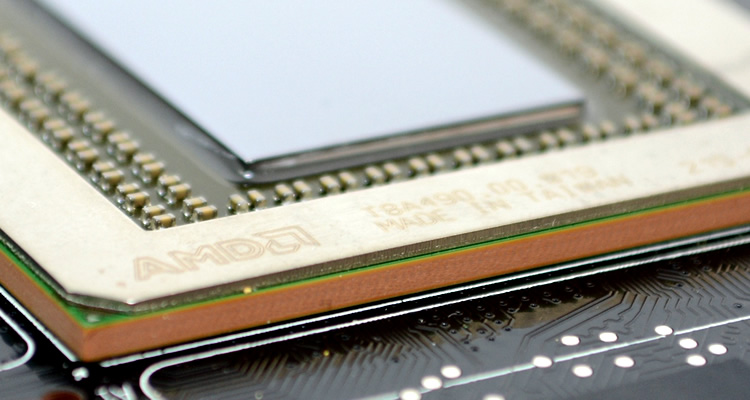Radeon R9 290X vs. GeForce Titan vs. GTX 780
Some thought it was impossible, but there's no doubt the Radeon R9 290X is every bit as fast as the mighty GeForce GTX Titan. There were few extremes: Nvidia's offering clearly won in Far Cry 3 and Tomb Raider, while AMD's claimed an easy victory in Crysis 3, Sleeping Dogs and Metro: Last Light. But the two heavyweights were separated by less than 5% in Battlefield 3, Dirt 3, Max Payne 3, Medal of Honor and Hitman: Absolution.
What's particularly impressive about this comparison is the R9 290X's shockingly low price of $550. That's 15% cheaper than the GTX 780 despite being 10% faster, in addition to costing 45% less than the GTX Titan.
In case that didn't click: you're basically getting Titan-level performance for nearly half off. It's worth noting that dual GTX 660 Tis are 5% cheaper and 2% faster at 2560x1600, but we'd still prefer the simplicity of a single-GPU setup.
Similarly, the R9 290X was 16% slower than a pair of HD 7950 Boost cards, which are also 5% cheaper at $520. This advantage disappears when measuring frame time performance however, where the R9 290X was 9% faster.
Meanwhile, although AMD's newcomer was 30% faster than the HD 7970 GHz Edition, it costs over 70% more. It's also worth highlighting the fact that it's 25% slower than the dual-GPU HD 7990 while costing 9% more.
To be clear, we're not trying to make the R9 290X look bad with those numbers, but it's worth emphasizing that while the card's asking price seems too good to be true when you compare it to the GTX Titan's $1,000, the 290X's pricing makes plenty of sense when you look at the rest of AMD's lineup. Single-GPU flagships always come at a premium so it seems reasonable enough that the R9 290X isn't the best value Radeon available, though it might be the most attractive offering of the bunch.
Part of what made the GTX Titan so amazing was its ability to remain cool while handling massive loads. For all its complexity and unrivaled power, the card never exceeded 300 watts or 81 degrees – and even at that temperature, it wasn't overly noisy. Since the HD 7970 already rivals the Titan for power consumption, we didn't expect the R9 290X to be fuel-efficient, but it beat the Titan in Crysis 3 and Sleeping Dogs.
Heat, unfortunately, may be a concern for some. Under load, the R9 290X reference sample was the hottest card we've tested lately at 95 degrees, and it never got below 44 degrees at idle. We'd expect AMD's board partners to improve those results with custom coolers, but until then, the company has assured us 95 degrees isn't excessively hot. The R9 290X can happily live a full life at that temperature.
Besides, it's not Fermi hot anyway. In case you didn't notice, the GTX 480 ran slightly warmer in the same tests. When running Sleeping Dogs, for instance, Nvidia's reference board hit 97 degrees while consuming 318 watts. Despite AMD's reassurance about the R9 290X's temp, we wouldn't be too surprised if the R9 290X found itself in the GTX 480's company unless board partners get things under control.
We're impressed with the R9 290X's performance and even more so with its price. AMD has finally given Nvidia a reason to discount its top tier products and that's enough to be grateful for. There's something to appreciate in watching healthy competition between two seasoned rivals. If you've been eyeing the Titan, it seems about time to pull the trigger, whether you take advantage of pending price cuts or settle for the R9 290X now.
Pros: Similar performance to the GTX Titan at nearly half the cost – a gutsy play that should provoke a response from Nvidia.
Cons: It's hot enough to remind us of Fermi and it's still priced like a premium card compared to more mainstream Radeons.


